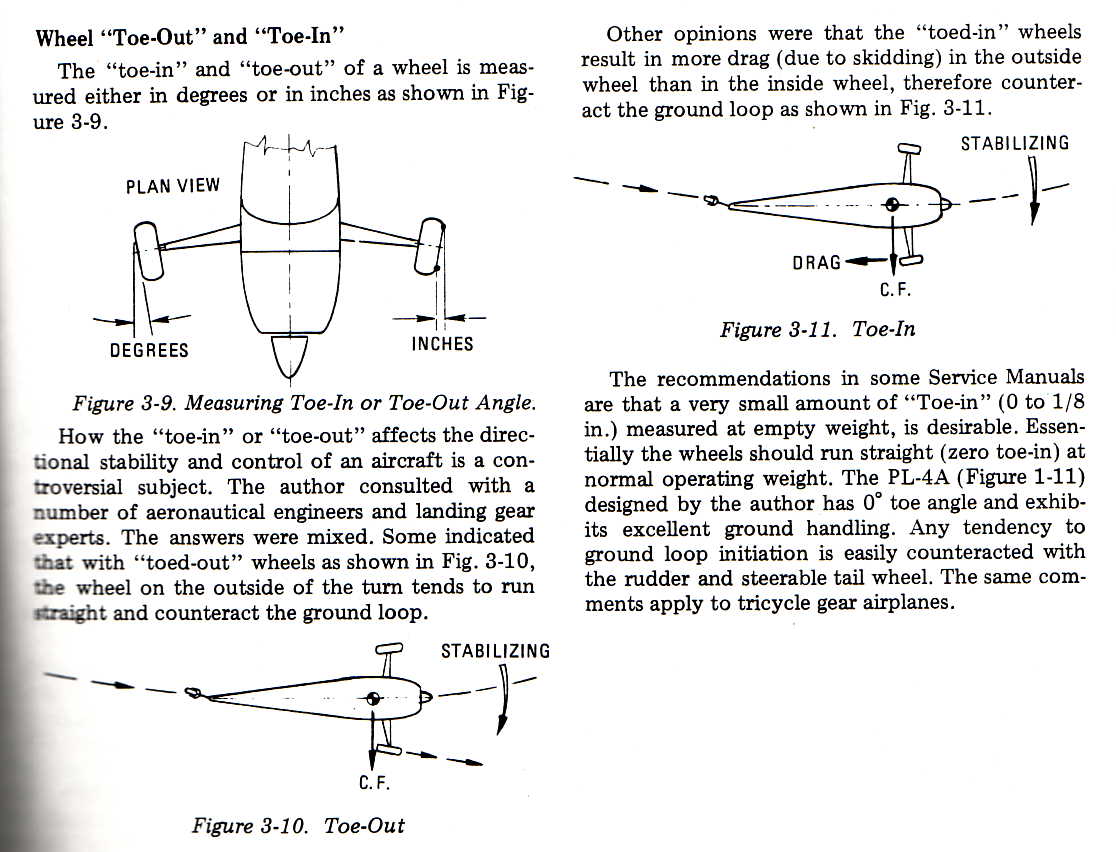I recently purchased a TW8 and having difficulty landing. I have over 500 hours in a TW6 and found it to be quite easy to land, this 8 however has a mind of it's own.
Question: I have checked the wheel alignment and found it to have a slight amount of "toe in" (2" over 12') (Grove gear). Talking with others, there seems to be a difference of opinion re: alignment of the mains, some say "Toe in, others say "Toe out"
Also I have a "Silver bullett" tail wheel steering rod, not the chains and springs. There seems to be a small amount of play in the linkage? My 6 had the same arrangement with similar play and was no problem?
I am running 35psi in the mains, would less pressure be advised?
I use 70K over the fence and 3 point landing, would not dare to wheel land at this point.
Thanks for any help
Dick
Question: I have checked the wheel alignment and found it to have a slight amount of "toe in" (2" over 12') (Grove gear). Talking with others, there seems to be a difference of opinion re: alignment of the mains, some say "Toe in, others say "Toe out"
Also I have a "Silver bullett" tail wheel steering rod, not the chains and springs. There seems to be a small amount of play in the linkage? My 6 had the same arrangement with similar play and was no problem?
I am running 35psi in the mains, would less pressure be advised?
I use 70K over the fence and 3 point landing, would not dare to wheel land at this point.
Thanks for any help
Dick





